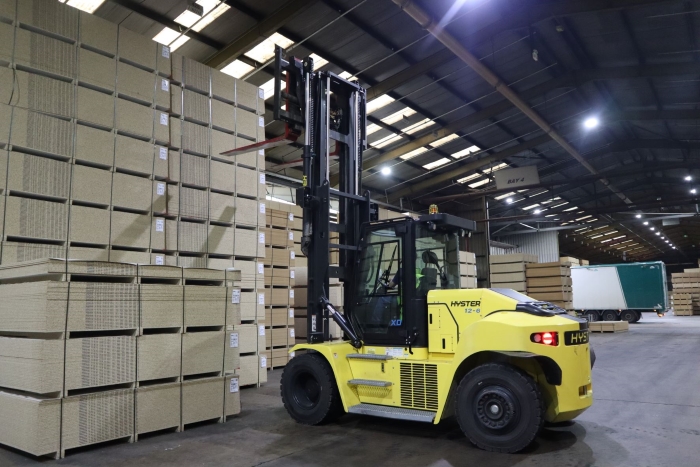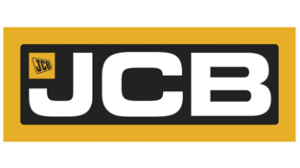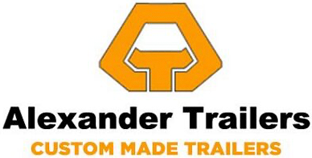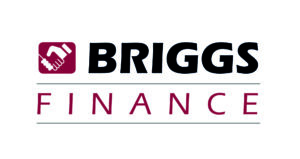
Lithium-ion Battery Technology
By now you will have seen hundreds of adverts promoting the benefits of lithium-ion technology in powering forklift trucks. The topic seems inescapable, but has the information left you with a clear view of whether introducing the technology to your fleet will provide real benefit to your operation?
What sets us apart on the subject is that as the leading asset management and engineering services provider for a number of leading brands within the materials handling sector, we are able to provide an unbiased viewpoint, we seek only to find the solution that is best for your business and are not driven to make a return on research and development investments.
So what are the key benefits of lithium-ion powered trucks?
Rental upgrade options are available now.
- Opportunity charging and fast charge times
Lithium-Ion batteries enable constant opportunity charging, which means the battery does not have to be completely empty before it is recharged. Charge times can fit more easily around your operational schedule as opposed to your schedule having to take lengthy charge times into consideration, providing you with extra flexibility. Lithium-Ion batteries can also be fully charged from 100% discharge in 1-2 hours. When compared with a standard eight hour charge time for lead acid batteries, the opportunity to increase the uptime of a machine is clear.
- Longer life cycle compared to lead-acid
When comparing the life cycles of Lithium-Ion batteries at different degrees of discharge it is clear that they can handle many more charge cycles than lead acid batteries. At 80% discharge a lithium-ion battery can take around 2,500 cycles; around 40% more than lead acid batteries which can only take around 1,500. At 100% discharge the Lithium-Ion battery can take around 2,200 charge cycles, at 50% discharge around 4,000 and at 20% discharge almost 8,000. This supports the argument for opportunity charging, as although with any battery the greater the discharge the longer the life cycle, with Lithium-Ion batteries the negative impacts are vastly reduced. The expected life cycle of a Lithium-Ion battery is 10-12 years, and the technology is improving all the time.
- Higher energy efficiency with reduced energy costs
A comparative estimation between the lifecycle and energy cost of Lithium-Ion vs lead-acid batteries:
| Battery type | Typical expected lifecycle | Cost of recharge over lifecycle |
| Lithium-Ion | 10 year lifecycle | £3,000 |
| Lead acid | 5 year lifecycle | £20,000 |
It is estimated that cost of ownership can be reduced in a suitable application with the greater initial cost of the Lithium-Ion battery being covered within as little as 2-3 years in a multi-shift operation.
- Cleaner operational environment
This is an important benefit for those operating in the food and beverage, pharmaceutical or automotive manufacturing industries. Lithium-Ion batteries eliminate the risk of spillage and pollution to the operating environment as they are sealed within their casing whereas traditional lead acid batteries are unsealed to enable them to be topped up. The topping up process for lead acid batteries can become messy if spillages occur.
Are Lithium-Ion batteries suitable for my operation?
It can be tough to decipher whether or not Lithium-Ion batteries can promote efficiency within different operations without delving into specifics regarding hours of operation and shift patterns.
Typical applications where they are most effective are intensive and high through-put operations where there are natural breaks in the shift for opportunistic charging.
Industries most likely to reap the benefits are food and beverage, pharmaceuticals, manufacturing, retail and logistics operations.
After reading this, if you think Lithium-Ion could improve efficiency in your organisation why not give us a call and request an in-depth comparison taking into consideration the specifics of your operation?











